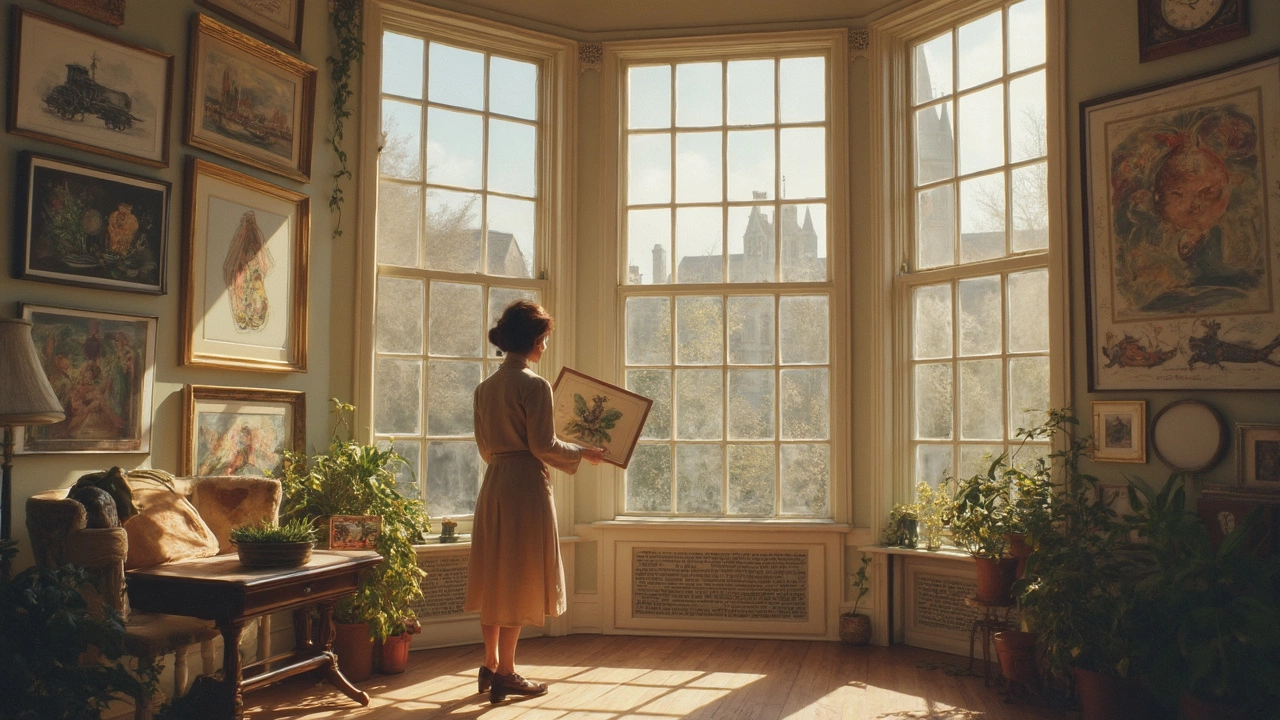Print Guide: Types, Tips, and How to Spot Real Art Prints
If you love hanging art but don’t want to splurge on an original, prints are the smart choice. They give you a museum‑feel without the price tag, and the market is full of options – from cheap posters to high‑end giclée pieces. This guide breaks down the main kinds of prints, shows you what to look for when buying, and gives quick tips so you never waste money on a fake.
What Kind of Print Is Right for You?
First, know the basic categories. Poster‑style prints are mass‑produced on thin paper and work well for decor that changes often. Canvas prints stretch a digital image over stretched canvas, giving a textured look without the cost of a painted canvas. Giclée prints are the premium option – they use high‑resolution inkjet technology on archival paper or canvas, and the colors stay vibrant for decades.
If you see a signed print, the artist has added their signature, often in ink or paint, to make it more collectible. A signed piece can be worth more, but only if the signature is genuine. Look for a consistent signature style that matches the artist’s known work, and check if the print includes a certificate of authenticity.
How to Spot a Real Giclée or Signed Print
Start with the paper. Authentic giclée prints use heavyweight, acid‑free paper that feels thick and slightly textured. Cheap prints feel flimsy and may rip easily. Next, examine the colors. Giclée inks lay down in layers, so the image should have depth and subtle gradations – not a flat, poster‑like look.
Check the edges. A high‑quality print will have clean, even borders with no white gaps or uneven trimming. For signed prints, the signature should be placed where the artist typically signs – usually near the bottom right or left, not smudged across the image.
Finally, ask for provenance. A reputable seller will provide details about the edition number (e.g., 5/50) and the printing date. If the print is part of a limited edition, the number should be printed on the back or included in a certificate.These steps cut down the risk of buying a fake and help you feel confident about your purchase.
When you’re ready to buy, set a budget based on the type of print you want. Posters can be under £20, while a small giclée might start at £100. Signed limited editions can go much higher, depending on the artist’s fame.
Online marketplaces are convenient, but use platforms that have buyer protection and clear return policies. Local galleries often carry prints and can let you see the texture in person – a good way to compare quality before you decide.
Remember, the right print adds personality to a room without breaking the bank. Whether you choose a bold poster for a pop‑culture vibe or a subtle giclée to match a classic interior, knowing how to tell genuine quality from a mass‑produced copy makes all the difference.
Keep this guide handy the next time you browse for art prints. Spotting real giclée, checking signatures, and understanding paper quality will save you time, money, and disappointment.

10 Feb 2025
Exploring the distinction between art prints and regular prints can be a real eye-opener for art enthusiasts and buyers. An art print holds unique value due to the artist's involvement in its creation, whereas a print is often mass-produced and less personal. By understanding the nuances, you can make better-informed decisions for your art collection. Learn what sets art prints apart and why they might be the more treasured option.
Continue reading...
